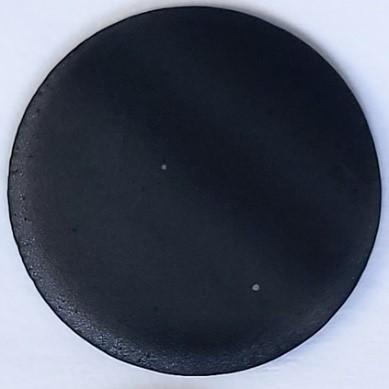The introduction of graphene-based materials into polymers formulations to enhance mechanical, chemical or physical properties is well known. The challenge, however, is being able to thoroughly disperse the graphene additive into a polymer matrix without aggregation. Graphene made using exfoliation processes tend to aggregate. An alternative method to produce graphene is with chemical vapor deposition; gas phase synthesized graphene (GSG) can be created without substrates in a single step by delivering ethanol into an atmospheric-pressure microwave-generated argon plasma. The high quality GSG (e.g., highly ordered single-layer, bilayer, and few-layered graphene sheets) when used as a polymer additive allows for enhancement in the mechanical properties of polymer–matrix nanocomposites and lubricating properties of motor oils, etc.
LLNL researchers have developed a method to incorporate gas phase synthesized graphene (GSG) as a unique additive in a UV-crosslinkable polymer formulation. The GSG is added by using a planetary mixer to obtain a homogenous suspension of GSG in polymer. The resulting formulation is highly stable and doesn't show signs of phase separation or solid sedimentation. The polymer formulation is then UV-crosslinked into different shapes and form factors such as discs and membranes demonstrating material property enhancement and modification.
- GSG additive can be easily dispersed compared to other graphene-based additives using readily available, common lab equipment such a vortex or planetary mixers.
- The resulting formulation is highly stable and doesn't show signs of phase separation or solid sedimentation.
- GSG additives show signs of emergent physical property enhancement.
carbon dioxide capture, humidity control, filtration, flexible electronics, anti-corrosion coatings, anti-static films
Current stage of technology development: TRL 2
Provisional patent has been filed on this invention.


